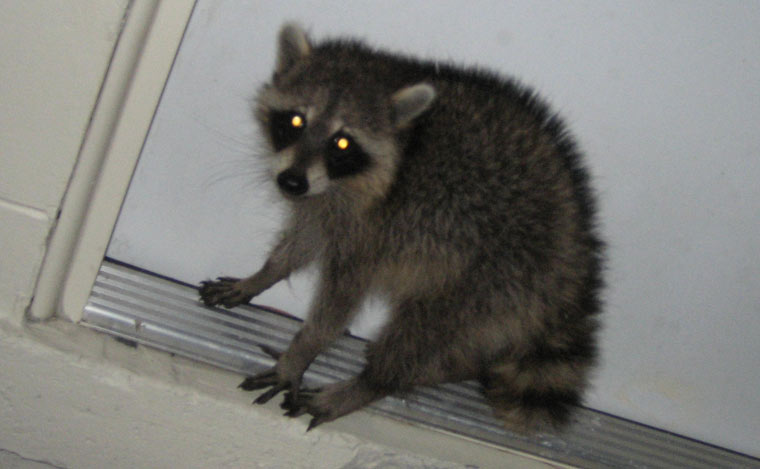-
info@aaanimalcontrol.com
Call us for help in your town
Humane Wildlife Education
What to do about wild animals that are cage shy or hard to trap
Need wildlife removal in your hometown? We service over 500 USA locations! Click here to hire us in your town and check prices - updated for year 2020.
One of the worst things in the world is when you put all of your time and effort into setting carefully placed traps, sealing your home, and taking hours monitoring the situation, only to find that you haven't caught a single thing in that trap you have set. The truth is, it could be the simplest thing that is causing you to capture the grand total of zero. We’re going to take a look at the factors that could be affecting the effectiveness of your traps …

1 - Are your traps in the right place?
If you put the traps in places where the animal can’t or won’t see it, you won’t catch a thing. You should aim to put these traps in the line of the animal’s tracks, not encouraging the animal to wander from its regular routine to check out the trap. Many of these critters have evolved to a point where they know what traps are. This is also another reason why you shouldn't release a wild animal into the wild once you have caught it. It will learn how traps work, and it will then become trap-shy.
If you manage to catch a wild animal in your trap, DO NOT release it back into the wild again. Otherwise, when it comes back and becomes your problem again, getting rid of it won't be so easy.
Find out where the animal is running. Track its movements for a while. When you learn where the animal goes, you can put traps in exactly those places. If the rat or mouse or whatever you're trying to catch is running that way anyway, it’ll be more inclined to check it out.
2 - Are you using the right bait?
To be honest, there's not a lot you can get wrong with the bait. These animals are generally known to be scavengers. They’re so stupid sometimes that they can become roadkill whilst trying to eat the roadkill, in the middle of the road. They will, quite literally, eat anything. Rats have even been known to eat feces left by humans and other animals, such as dogs, because they can still find some nutrition in it. You could probably put almost anything in the trap.
The fresher the food you use, the quicker it will turn bad and, therefore, will no longer be viable as bait. Fresh fruit, such as strawberries, will attract insects that enjoy sweet treats, and these will include bees, wasps, and ants. Fresh meat could attract flies, which will then create maggots if it is left there for long enough. If you're using fresh food, be prepared to check it regularly and change the bait often too. The animal will still eat the food if it is turning bad, but it’ll pose bigger problems for you. Try to avoid fresh food as best as you can.
Try using the leftovers that you would normally throw in the garbage if you're having no luck with your bait. If you have a raccoon eating leftover chicken pie from your trash can, there’s a good chance it’ll eat that leftover chicken pie from the trap too.
3 - Have you tried baiting the traps without setting them?
Sometimes, all you need to do is allow the animal to get used to the trap. This is most definitely the case with trap-shy animals — those that have been captured before and then released back into the wild again.
When you bait the trap without setting it, the animal is free to wander in, eat the food, and then walk right back out again. After a couple of nights of doing that, the animal will trust the trap more. It may bring some friends along for the ride. The one night you do set the traps, the animal wont realize. It’ll walk in, eat the food, and then get stuck when the trigger is set off and the door closes.
These 3 tips are generally a good place to start, provided you have chosen the right kind of trap to start with. Whatever trap you decide to use, and wherever you decide to place it, just make sure that you know the laws in your state. Certain traps are unlawful to use, the placement is more important than you might think, and more than that, certain species are protected are you're not allowed to capture then to start with.
For more information, you may want to click on one of these guides that I wrote:
How To Guide: Who should I hire? - What questions to ask, to look for, who NOT to hire.
How To Guide: do it yourself! - Advice on saving money by doing wildlife removal yourself.
Guide: How much does wildlife removal cost? - Analysis of wildlife control prices.
animals in the attic
noises in the attic


















